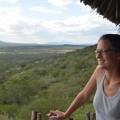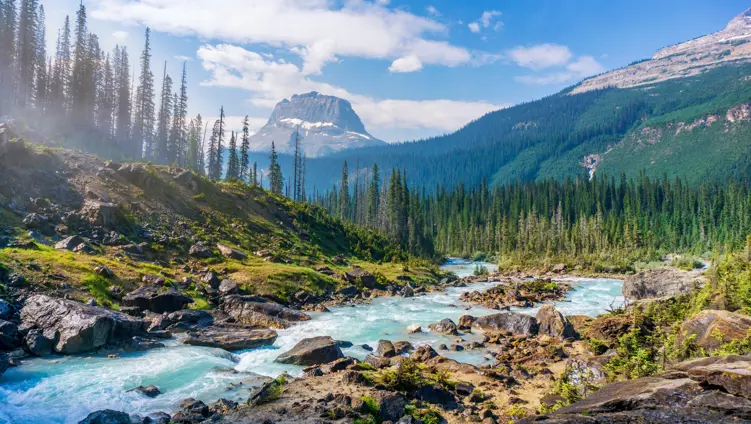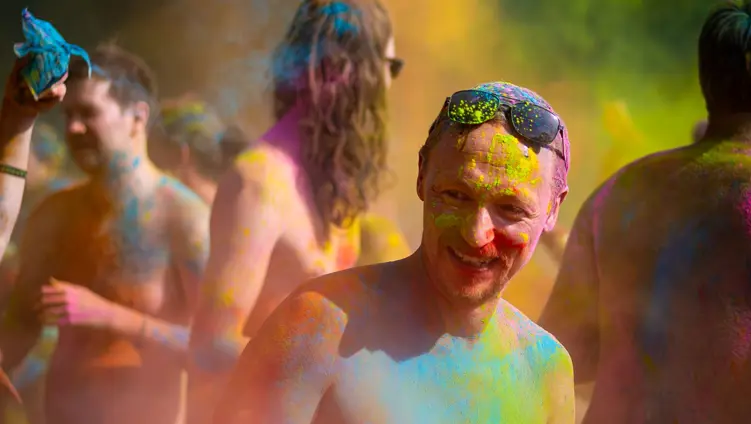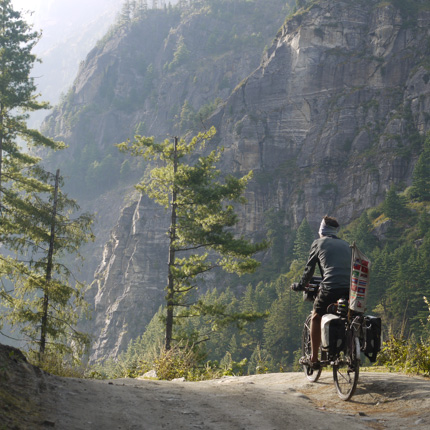Published on 2nd December 2019
Holly Budge’s passions for adventure and conservation have been the driving force behind her inspiring efforts to help combat elephant poaching in Africa. As she tells Kate Lewis, with a combination of self-belief, determination and a bit of daydreaming, anything is possible








